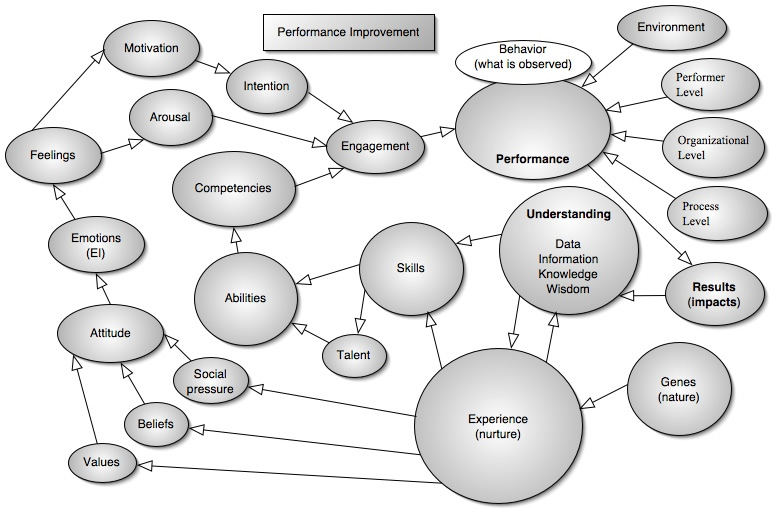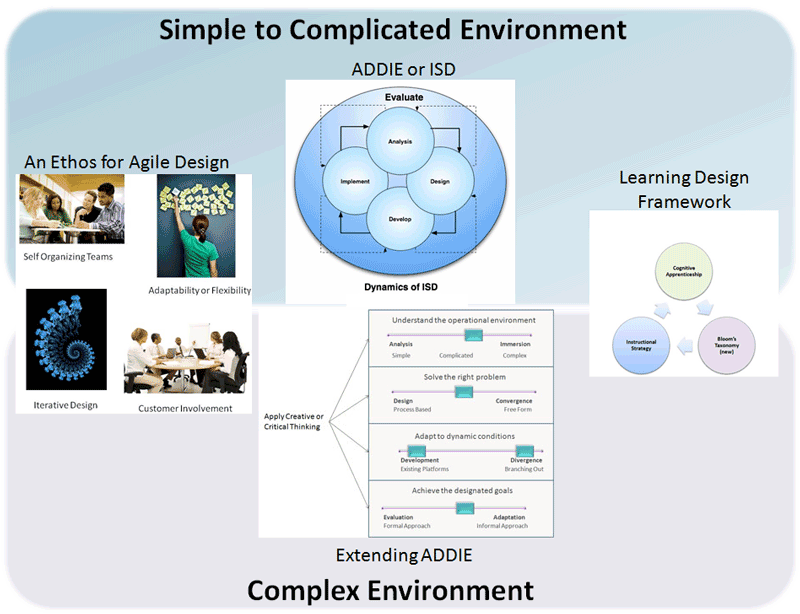Motivation and Performance
Motivation is the combination of a person's desire and energy directed at achieving a goal. It is the cause of action. Influencing people's motivation means getting then to want to do what you know must be done (Military Leadership, 1993).
Motivation is the combination of a person's desire and energy directed at achieving a goal. It is the cause of action. Motivation can be intrinsic, such as satisfaction and feelings of achievement; or extrinsic, such as rewards, punishment, and goal obtainment. Not all people are motivated by the same thing and over time their motivations might changes.
Motivational Issues
Often an employee knows how to perform correctly, the process is good, and all resources are available, but for one reason or another, chooses not to do so, which normally means it is a motivational issue. While many jobs have problems that are inherent to the position, it is the problems that are inherent to the person that normally cause us to loose focus from our main task of getting results. These motivational problems could arrive from family pressures, personality conflicts, a lack of understanding on how the behavior affects other people or process, etc.
When something breaks the psychological contract between the employee and the organization, the leader must find out what the exact problem is by looking beyond the symptoms, finding a solution, focusing on the problem, and then implementing a plan of action. One of the worst situations that a leader can get into is to get the facts wrong.
Start by collecting and documenting what the employee is not doing or should be doing, such as tasks, special projects, reports, etc. Try to observe the employee performing the task. Also, do not make it a witch hunt, but rather observe and record what the employee is not doing to standards. Check past performance appraisals, previous managers, or other leaders the employee might have worked with. Try to find out if it a pattern or something new.
Once you know the problem, then work with the employee to solve it. Most employees want to do a good job. It is in your best interest to work with the employee as long as the business needs are met and it is within the bonds of the organization to do so.
Causes of problems
Expectations or requirements have not been adequately communicated
This motivational issue is not the fault of the employee. By providing feedback and ensuring the feedback is consistent, you provide the means for employees to motivate themselves to the desired behavior. For example, inconsistent feedback would be for management to say it wants good safety practices, then frowns on workers who slow down by complying with regulations. Or expressing that careful workmanship is needed, but reinforces only volume of production.
Feedback must be provided on a continuous basis. If you only provide it during an employee's performance rating period, then you are NOT doing your job.
Also, ensure that there is not a difference in priorities. Employees with several tasks and projects on their plates must be clearly communicated as to what comes first when pressed for time. With the ever increasing notion to do more with less, we must understand that not everything can get done at once. Employees often choose the task that they enjoy the most, rather than the task they dislike the most. And all too often that disliked task is what needs to get performed first.
Lack of motivation
A lack of motivation could be caused by a number of problems, to include personal, family, financial, etc. Help employees to recognize and understand the negative consequences of their behavior. For counseling techniques see, Leadership and Motivation and Confrontation Counseling. For some training exercises see, Performance Counseling Activity.
Shift in focus
Today, its a lucky employee (or unlucky if the employee thrives on change) who does not have her job restructured. Changing forces in the market forces changes in organizations. When this happens, ensure that every employee gets these questions answered:
- How has the job changed and what are the new responsibilities?
- Why the job was restructured. Is it part of a longer overhaul?
- How will their performance be evaluated and by whom?
- Do they need to learn new skills?
- Can the old responsibilities be delegated?
- How will their career benefit from this transition?
- What new skills or training do they need to perform successfully?
- Will this make them more marketable in the future?
By keeping them informed, you help to eliminate some of the fear and keep them focused on what must be performed.
For more information, see the Leadership Guide.
Reference
Military Leadership (1993). FM 22-100. San Francisco, CA: W. H. Freeman



